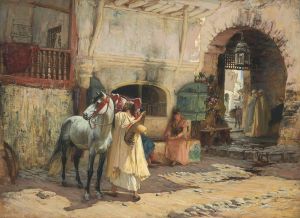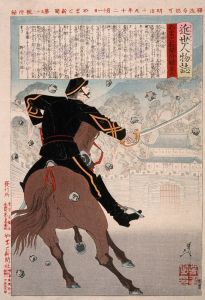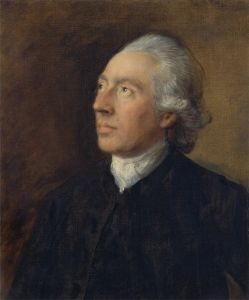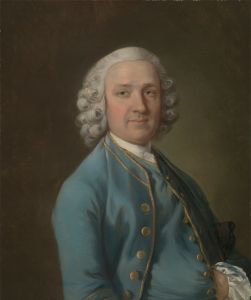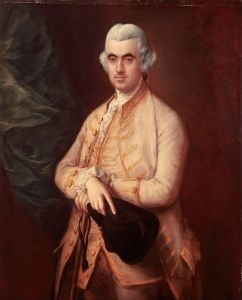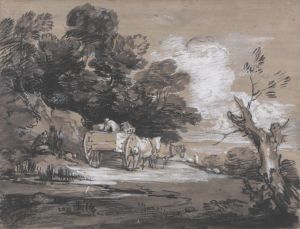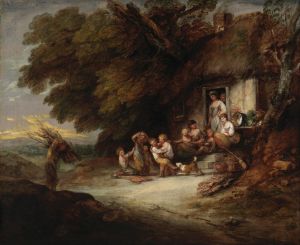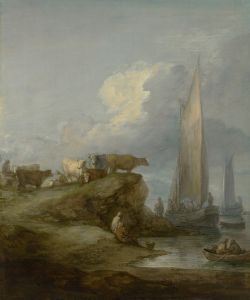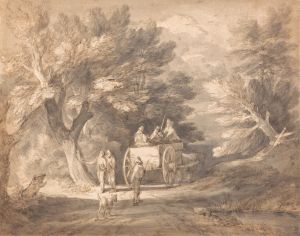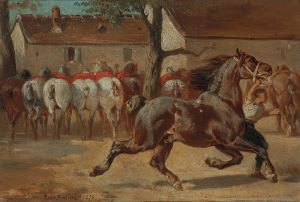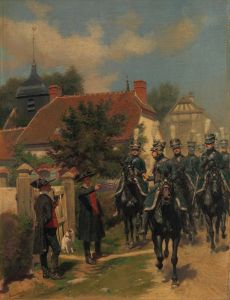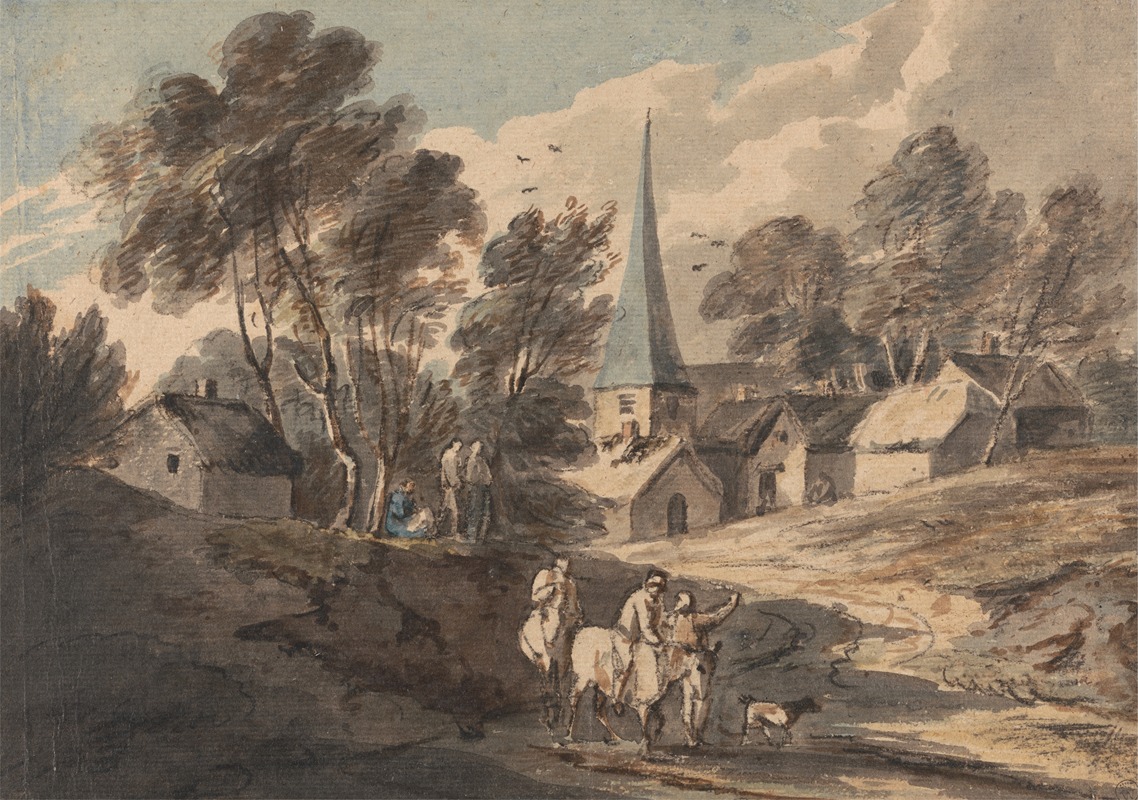
Travellers on Horseback Approaching a Village with a Spire
A hand-painted replica of Thomas Gainsborough’s masterpiece Travellers on Horseback Approaching a Village with a Spire, meticulously crafted by professional artists to capture the true essence of the original. Each piece is created with museum-quality canvas and rare mineral pigments, carefully painted by experienced artists with delicate brushstrokes and rich, layered colors to perfectly recreate the texture of the original artwork. Unlike machine-printed reproductions, this hand-painted version brings the painting to life, infused with the artist’s emotions and skill in every stroke. Whether for personal collection or home decoration, it instantly elevates the artistic atmosphere of any space.
Thomas Gainsborough, an eminent English painter of the 18th century, is renowned for his landscape and portrait paintings. One of his notable works is "Travellers on Horseback Approaching a Village with a Spire." This painting exemplifies Gainsborough's skillful integration of landscape and human figures, a characteristic feature of his artistic style.
Gainsborough was born in 1727 in Sudbury, Suffolk, and showed an early interest in art. He moved to London in his teens to study painting and later became a founding member of the Royal Academy in 1768. Although he is perhaps best known for his portraiture, Gainsborough had a profound love for landscapes, which he often painted for his own pleasure rather than on commission.
"Travellers on Horseback Approaching a Village with a Spire" is a testament to Gainsborough's landscape artistry. The painting depicts a serene rural scene, where travelers on horseback are seen approaching a quaint village dominated by a church spire. This composition reflects Gainsborough's ability to capture the tranquil beauty of the English countryside, a recurring theme in his work.
Gainsborough's landscapes are characterized by their loose brushwork and delicate use of color, which create a sense of movement and atmosphere. In this painting, the travelers are skillfully integrated into the landscape, suggesting a harmonious relationship between humans and nature. The church spire serves as a focal point, drawing the viewer's eye through the composition and adding a sense of depth to the scene.
The painting also reflects Gainsborough's interest in the picturesque, a concept that was gaining popularity in the 18th century. The picturesque aesthetic emphasized the beauty of natural landscapes, often highlighting rustic and rural scenes. Gainsborough's work captures this aesthetic through its depiction of the idyllic countryside and the gentle interplay of light and shadow.
Gainsborough's landscapes were not only appreciated for their beauty but also for their innovative techniques. He often used a limited palette and employed a method of layering thin glazes to achieve a luminous effect. This technique is evident in "Travellers on Horseback Approaching a Village with a Spire," where the subtle gradations of color and light create a sense of depth and realism.
While Gainsborough's portraits brought him considerable fame and financial success, his landscapes were a personal passion. He once remarked that he wished to retire to the countryside to paint landscapes exclusively. Although this dream was never fully realized, his landscape paintings remain a significant part of his artistic legacy.
"Travellers on Horseback Approaching a Village with a Spire" is a fine example of Gainsborough's landscape work, showcasing his ability to blend natural beauty with human presence. The painting continues to be admired for its artistic merit and its reflection of 18th-century English rural life. Gainsborough's landscapes, including this piece, have influenced generations of artists and remain an integral part of the history of English art.





